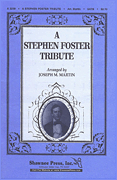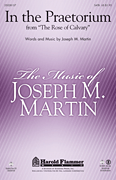Search Results for: “pass it on”
Loading...
MILWAUKEE, 9.21.23—College life can be demanding, but music has always been a source of solace and inspiration. Recognizing the profound impact of music on individuals, Sheet Music Direct, the digital sheet music platform powered by Hal Leonard, has launched PASS for Students. This exclusive offering is designed to keep the magic of music alive in the lives of college students, whether they're pursuing a music degree or simply seeking the benefits of musical expression.
Countless scientific studies have demonstrated the beneficial effects of music on both the soul and the brain, qualities that become especially essential during one's college years.
With PASS for Students, Sheet Music Direct aims to be a companion for students, supporting their musical journey while they navigate academic challenges.
PASS for Students offers unlimited access to a vast digital sheet music library, all for the affordable price of $4.99 per month or $49.99 per year – that's 50% off the standard subscription rate.
Key Features of PASS for Students:
- Limitless Variety: Students gain access to over one million arrangements spanning all instruments, genres, and skill levels, including pieces from top artists, composers, movies, Broadway shows, and more.
- Versatile Access: Sheet Music Direct is accessible from any device, whether you prefer using iPhone or iPad apps or the mobile-friendly website, ensuring that music is always at your fingertips.
- No Strings Attached: The subscription is commitment-free, allowing students to cancel anytime. It's designed to adapt to the ever-changing demands of college life.
"College life can be demanding, and we appreciate the sacrifices students make to pursue higher education," affirmed Chris Koszuta, Vice President of Digital & eCommerce at Hal Leonard. "Having been through those years ourselves, we want to support students in pursuing their musical passions without financial strain. Music has the power to provide solace and relaxation during the academic journey, and we hope PASS for Students will be their gateway to affordable musical exploration and a well-deserved break from the demands of college."
PASS for Students is open to students enrolled in 2- and 4-year colleges and universities, offering savings of 50% on both monthly and annual subscription plans for up to four years.
Learn more about the Sheet Music Direct PASS for Students at:
sheetmusicdirect.com/pass-for-students
Sheet Music Direct is available online at www.sheetmusicdirect.com.

